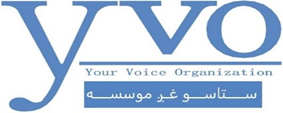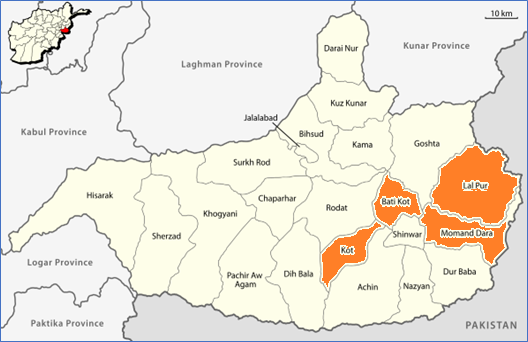Project Title: AFJR Project – Nangarhar
Project Brief
To improve the resilience of women, boys, and girls affected by crises through effective and quality health services, child protection services, and basic needs assistance.
Women, boys, and girls affected by crises will experience improved resilience due to the delivery of essential health, child protection, and livelihood support services.
Key Beneficiaries
Vulnerable Households: Families who are facing extreme hardship due to the ongoing crisis.
Child Labor and Early Marriage Cases: Children and adolescents engaged in harmful labor or early marriage, who will receive specialized case management.
Vocational Training Beneficiaries: 240 males and females who will be fully trained in vocational skills based on market needs assessment and beneficiary consent. Each trainee will receive learning materials and a graduation kit upon completion.
Sub-grant Beneficiaries: 400 of the most vulnerable families who will receive sub-grants to buy essential items like sewing machines or tools to support their livelihoods.
Duration: April 2023 – December 2023
This project is part of the Afghanistan Joint Response (AFJR) initiative, which was launched in December 2016 to address the needs of vulnerable displaced populations and host communities. The project is funded by the Ministry of Foreign Affairs of the Netherlands through the Dutch Relief Alliance (DRA). The current phase (2022-2023) involves five partner organizations, with Cordaid as the leading agency.
Project Areas
The project will be implemented in the remote and bordering districts of Nangarhar province:
Kot
Bati Kot
Momandara
Lalpora
Activities
Vocational Training (VT):
Training: 240 male and female participants receive vocational training based on a market needs assessment, coordinated with the Ministry of Labor and Social Affairs (MoLSA) and the Directorate of Labor and Social Affairs (DoLSA) in Nangarhar.
Learning Materials: Trainees receive the necessary learning materials, including a vocational training graduation kit upon completing the course.
PSS and Literacy Support: All 240 beneficiaries will receive psychosocial support (PSS) and literacy education to enhance their personal and professional development.
Sub-Grant Distribution:
400 of the most vulnerable families will receive sub-grants to purchase essential items such as sewing machines, farming tools, and equipment to support their livelihoods.
Multi-Purpose Cash Assistance (MPC):
Multi-purpose cash distributions will be provided to vulnerable families to address their basic needs. An additional top-up amount will be discussed and implemented as per requirements.
Case Management:
Beneficiaries will receive case management services tailored to their needs, including support for child labor cases and early marriage interventions.
Market Assessment:
A market assessment conducted to ensure the vocational training selections meet the district’s labor market demands.

